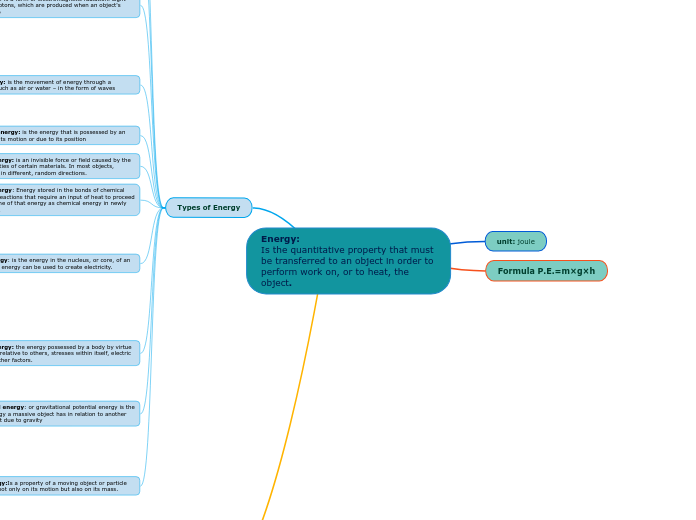por Harkaran Singh hace 4 años
238
ENERGY
Energy is a fundamental concept involving the transfer required to perform work or heat an object. The conservation law dictates that energy cannot be created or destroyed, only transformed between forms.

por Harkaran Singh hace 4 años
238

Ver más